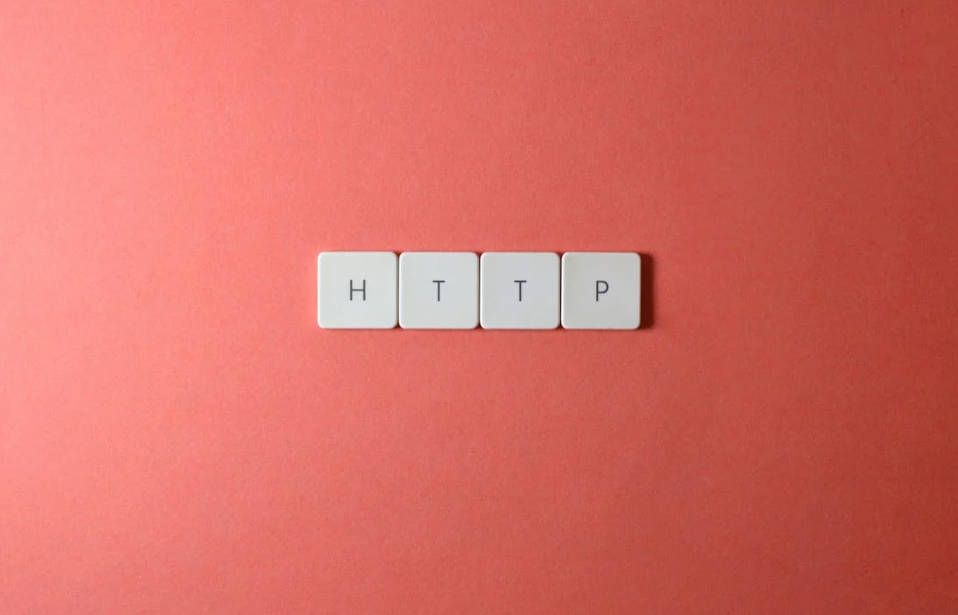A Comprehensive Guide to HTTP Live Streaming Technology

HTTP Live Streaming (HLS) is transforming the way we consume media, making streaming content more accessible and reliable than ever before. This innovative technology allows for high-quality video delivery over the internet to various devices, catering to a wide audience with diverse internet speeds.
If you're curious about how streaming technology elevates media consumption or the technicalities behind seamless video delivery, you've come to the right place. Tencent RTC will provide an in-depth explanation of the basic knowledge, functions and usage of HTTP Live Streaming, as well as common use cases. Read on to learn more!
What Is HTTP Live Streaming?
HTTP Live Streaming (HLS) is a streaming protocol developed by Apple that enables efficient delivery of live and on-demand content over the internet. It breaks down video files into small, downloadable chunks, allowing for seamless streaming without significant buffering, regardless of a user's bandwidth. HLS is widely supported across various platforms and devices, making it a universal solution for content delivery. This adaptability ensures that viewers receive the best possible quality that their internet connection can handle, making it an ideal choice for streaming high-definition videos, television broadcasts, and other multimedia content.
How Does HTTP Live Streaming Work?
As we mentioned above, HTTP Live Streaming (HLS) functions by breaking down a video stream into a sequence of small HTTP-based file downloads. Each segment of the video is downloaded and played back in sequence, allowing the viewer to watch the video as it is being downloaded, rather than waiting for the entire file. This method significantly reduces buffering, providing a smoother viewing experience even under fluctuating network conditions. The video itself is encoded at several different quality levels, accompanied by a manifest file that lists these variations. This setup enables dynamic adaptation to the viewer's bandwidth capacity in real-time.
At the core of HLS's operation is its adaptive bitrate streaming technology. This feature dynamically adjusts the quality of the video stream according to the viewer's internet speed. If the network connection slows down, HLS automatically lowers the video quality to prevent buffering. Conversely, if the connection improves, the quality is seamlessly upgraded. This adaptability ensures that the viewer always receives the best possible video quality their internet connection can handle, optimizing the user experience regardless of varying network speeds.

HTTP Live Streaming vs. HTTP Streaming
HTTP Live Streaming and HTTP Streaming are both methods used to deliver multimedia content over the internet, but they differ significantly in their approach and functionality.
HTTP Live Streaming protocol is an adaptive protocol that breaks down the video content into smaller, downloadable chunks, which are then streamed to the viewer. One of its key features is the ability to adapt the quality of the video stream dynamically, based on the viewer's internet bandwidth and device capabilities. This ensures an optimal viewing experience by minimizing buffering and providing seamless playback, even under fluctuating network conditions. HLS is widely supported across various platforms and devices, making it a versatile choice for content delivery.
On the other hand, traditional HTTP Streaming does not automatically adjust the video quality based on the available bandwidth when transmitting video data from a server to a client over HTTP. While it can be simpler to implement and requires less processing on the server side, it does not offer the same level of viewer experience as HLS. Viewers might experience buffering or a drop in video quality if their internet connection is not consistently fast, which can lead to less efficient use of network resources and a potentially frustrating user experience.

Why Use HLS Over Other Streaming Technologies?
HTTP Live Streaming stands out in the streaming industry for its widespread compatibility, adaptive bitrate streaming, and easy integration. Here is the breakdown of its advantages:
- Adaptive Bitrate Streaming: Automatically adjusts video quality to match the viewer’s internet speed, ensuring a smooth viewing experience without buffering.
- Wide Compatibility: Supported across all major browsers and devices, including iOS, Android, desktop computers, and smart TVs.
- Efficient Bandwidth Use: Optimizes bandwidth usage by delivering only the most suitable video quality, reducing unnecessary data consumption.
- Enhanced Viewer Experience: Offers high-quality streaming with minimal loading times, catering to users with varying internet speeds.
- Easy to Implement: With extensive documentation and support, HLS is straightforward for developers to implement within their applications.
- Support for Live and On-Demand Content: Ideal for streaming both live events and pre-recorded content, providing flexibility for content providers.
- Robust Security Features: Supports encryption and secure key exchange to protect content from unauthorized access and piracy.
- Reliable Over Cellular Networks: Performs well even in fluctuating network conditions, making it suitable for mobile streaming.
- Cost-Effective Scaling: As a widely adopted standard, it allows for cost-effective distribution and scaling to large audiences.
When to Use HTTP Live Streaming?
HLS is tailor-made for situations demanding high-quality video delivery that adjusts dynamically to the viewer's internet connection, ensuring an uninterrupted viewing experience.
For live events like sports, concerts, or conferences, HLS is invaluable. It ensures that viewers receive a continuous stream without buffering, despite the unpredictable nature of live broadcasts. This reliability also extends to on-demand content, such as movies or educational videos, where HLS provides a seamless, high-quality playback experience across devices and networks.
Mobile streaming represents another prime use case for HLS. Given the variability of mobile internet speeds—from 5G down to slower 4G or even 3G connections—HLS's ability to adjust the video quality on the fly guarantees a smooth experience for mobile users. This adaptability is crucial for keeping viewers engaged, regardless of their location or the quality of their network connection.
Additionally, when reaching a global audience, the challenges of diverse internet infrastructure are mitigated by HLS. It seamlessly serves viewers across different countries and regions, each with varying network speeds and bandwidth availability, ensuring everyone has access to the content at a suitable quality.
How to Implement HTTP Live Streaming on Android?
If you're looking to use HTTP Live Streaming (HLS) on your Android device, the process is straightforward. Here's a simple guide to get you started:
- Choose a Media Player App: Install an app that supports HLS. VLC Media Player and MX Player are popular options that support HLS streaming.
- Find the HLS Stream URL: You need the URL of the HLS stream you want to watch. This might be provided by the content provider or a streaming service.
- Open the Media Player: Launch the media player app you installed.
- Load the Stream: In the media player app, find the option to open a network stream or enter a URL. Input the HLS URL here.
- Play the Stream: After entering the URL, start the stream. The player should buffer and then start playing the HLS content.
Conclusion
From understanding its operational mechanics to recognizing the optimal scenarios for its application, this guide has offered a comprehensive overview of HLS's pivotal role in modern streaming landscapes. Through HLS, the promise of seamless video streaming becomes a tangible reality, opening avenues for richer, more engaging digital media consumption. Implement HLS to your device to enhance viewer experiences today!
If you have any questions or need assistance online, our support team is always ready to help. Please feel free to contact us or join us on Telegram.
FAQs
What Are the Advantages of HTTP Live Streaming over Other Streaming Protocols?
HTTP Live Streaming (HLS) stands out for its adaptive bitrate streaming, which ensures viewers enjoy optimal video quality based on their internet speed, reducing buffering. It's widely compatible across various devices and platforms, enhancing accessibility. HLS efficiently uses network resources and offers robust security features to protect content. Additionally, its support for live streaming is unparalleled, providing a smooth and engaging viewer experience.
Are There Any Compatibility Issues with HTTP Live Streaming on Android Devices?
Yes, compatibility issues with HTTP Live Streaming (HLS) on Android devices can occur, primarily due to outdated operating systems or media players that do not support HLS. Some Android browsers might also struggle with HLS, especially if they lack the necessary media codecs to properly decode the streams.